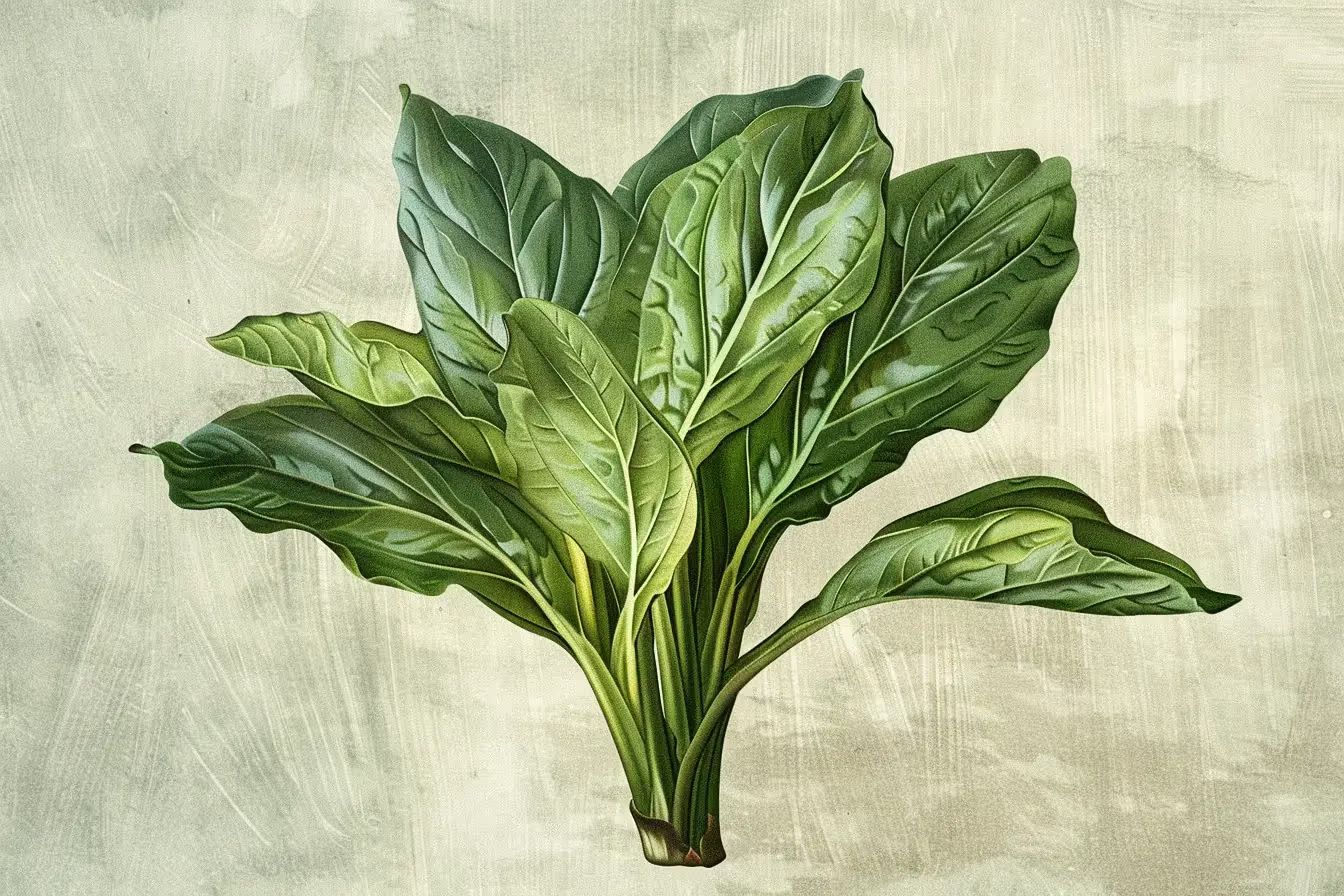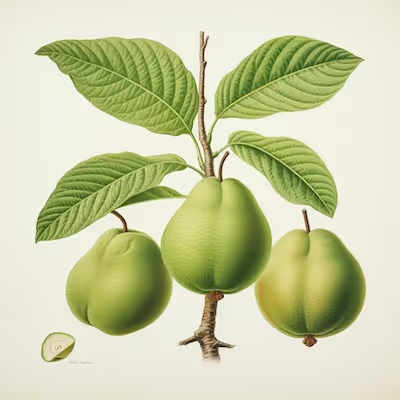Growing Tatsoi: 8 Expert Tips for a Healthy, Productive Crop

Growing Tatsoi
Start growing tatsoi by sowing seeds directly into nutrient-rich soil, feeding this hardy Asian green plenty of sunlight and regular waterings. Growing tatsoi rewards patience with spinach-like leaves ready to snip in just 40–50 days. Beginner-friendly with bold flavor, tatsoi thrives well beyond summer—keep reading to master eight simple tips for a steady harvest.
1. Know your season and light
I sow tatsoi in cool windows, early spring and late summer, because heat flips its bolt switch fast. Long days above about 80 F, 27 C, push it to flower, so I avoid high summer or run it under 30 percent shade cloth.
Growing Tatsoi loves short days and cool nights. I aim for soil temps near 60 to 70 F, 16 to 21 C, for even germination and tight rosettes.
2. Build a living soil
This brassica wants steady nutrition and air in the root zone. I mix in 0.5 to 1 inch, 1.3 to 2.5 cm, of finished compost and keep pH between 6.2 and 7.2.
For a simple preplant feed, I broadcast 2 to 3 lb per 100 sq ft, 0.9 to 1.4 kg per 9.3 m², of an organic 5-5-5 and scratch it in shallowly. If soils are sandy, I side dress lightly with fish emulsion midseason.
3. Precision sowing and spacing
I direct sow at 0.25 inch, 6 mm, deep and thin to fit my goal. For baby leaf, I keep plants at 1 inch, 2.5 cm, and harvest young.
For full heads, I thin to 6 to 8 inches, 15 to 20 cm, on 10 to 12 inch, 25 to 30 cm, rows. Transplants work too, 3 to 4 weeks in cells, then a gentle harden off.
4. Water like you mean it, but evenly
Tatsoi tastes sweetest with consistent moisture. I give about 1 inch, 25 mm, of water per week and use drip lines to keep leaves dry and disease down.
A thin mulch, 0.5 inch of shredded leaves or straw, buffers soil swings and keeps the bed workable after rain. Uneven watering invites bitterness and split petioles.
5. Control temperature with simple tools
Floating row cover keeps heat in on frosty nights and keeps insects out on warm days. My plants hold through 20 F, minus 6 C, with mulch, and to about 15 F, minus 9 C, with a low tunnel.
Cold concentrates sugars, so flavor spikes after a kiss of frost. I vent covers daily to avoid condensation that feeds foliar disease.
6. Pest and disease playbook
Flea beetles, slugs, and aphids love tatsoi as much as we do. I lay 19 g per m² spunbond fabric or fine insect netting the day I seed, then seal edges tight.
Slug pressure gets iron phosphate bait and morning harvests. Aphids disappear with insecticidal soap and a thriving lady beetle scene, while rotation of 3 years away from brassicas and pH above 7.2 help keep clubroot at bay.
“Use floating row covers immediately after seeding to prevent flea beetle injury on brassicas.” ATTRA Sustainable Agriculture
7. Harvest clean, cool fast, store right
Baby greens come in 21 to 25 days, heads in 40 to 50 days. I either cut the whole rosette at the base or pluck outer leaves for a steady trickle.
Hydrocool in cold water, spin dry, and pack with a paper towel. UC Davis Postharvest notes Asian greens hold quality 10 to 14 days at 32 to 36 F, 0 to 2 C, and 95 to 100 percent relative humidity.
8. Succession and interplanting that pay
I sow every 10 to 14 days in spring and again late summer to early fall for continuous bowls. Between rows of onions or dill, tatsoi grows fast and finishes before neighbors sprawl, and the scent helps confuse aphids.
In tomato houses, I tuck an early round of tatsoi in March or September, then clear it when the tall crop needs the space. Nothing wasted, everything delicious.
Varieties and buying guide
- Classic Rosette Tatsoi Brassica rapa var. narinosa, spoon-shaped leaves, tight flat rosette, 45 to 50 days for heads.
- Yukina Savoy thicker petioles, semi-savoy leaves, slightly more heat tolerant, 45 to 55 days, plays well in fall tunnels.
- Tah Tsai tender, mild, fast baby-leaf yield at 21 to 25 days, great for salad mixes.
- Misome tatsoi x komatsuna hybrid, glossy leaves, steady spring performance and strong regrowth.
I source seed from dependable houses with solid lot testing and germ numbers. Johnny’s Selected Seeds, Kitazawa Seed, High Mowing, and Territorial have served me well.
Growing Tatsoi in containers
Tatsoi thrives in a 10 to 12 inch, 25 to 30 cm, pot with a peat-free mix and steady feed. I fit 2 plants per pot for heads or broadcast for baby leaf.
A liquid feed every 7 to 10 days at 1 tablespoon per gallon, 15 ml per 3.8 L, of fish or seaweed fertilizer keeps color and vigor. Keep the media evenly moist and rotate pots for balanced light.
Hydroponic notes that save time
In recirculating systems I run pH 5.8 to 6.4 and EC 1.5 to 2.0 mS/cm. Warm nutrient solutions push soft growth, so I hold 65 to 70 F, 18 to 21 C, and keep airflow up.
Dense plantings crave airflow to dodge downy mildew and Alternaria. A small fan and 6 to 8 inch, 15 to 20 cm, spacing in rafts or channels keep leaves dry and sturdy.
Quick comparisons: baby leaf vs full head
- Speed: baby in 21 to 25 days, head in 40 to 50 days.
- Flavor: baby leaves mild and sweet, full heads deeper mustard-spinach notes after frost.
- Yield: baby cuts give multiple harvests, full head yields one dense rosette plus trimmings.
- Prep: baby for salads and tacos, heads for sauté, ramen, and hot pot.
Tools and supplies I actually use
- Row cover or insect netting 19 g per m² with hoops and sandbagged edges.
- Drip line 8 to 12 inch, 20 to 30 cm, emitter spacing for even moisture.
- Soil test kit or lab test yearly to keep pH and nutrients in range.
- Stainless harvest knife or produce shears plus a salad spinner for quick cooling.
- Organic fertilizer balanced 5-5-5 for preplant, plus fish emulsion for side dress.
My field notes and small tricks
I sow a pinch extra, then thin by eating the thinnings on day 15. The rosettes sit low, so I weed early before canopies close or I end up tweezing purslane at twilight.
To keep slugs honest, I water at dawn, never at dusk, and rough up the soil surface so it dries by night. If flea beetles arrive, I treat them like paparazzi and put a veil between them and the greens.
Key numbers at a glance
- Soil pH: 6.2 to 7.2 for growth, above 7.2 if clubroot lurks.
- Temps: germination best at 60 to 70 F, 16 to 21 C, growth sweet at 45 to 70 F, 7 to 21 C.
- Water: 1 inch per week, 25 mm, more in heat with mulch.
- Spacing: 1 inch, 2.5 cm, for baby; 6 to 8 inches, 15 to 20 cm, for heads.
- Storage: 32 to 36 F, 0 to 2 C, at high humidity for up to 2 weeks.
Credible sources worth your time
- UC Davis Postharvest Technology Center on Asian greens handling and storage.
- ATTRA Sustainable Agriculture publications on brassica pests and row covers.
- University extension guides from Cornell, UC ANR, and University of Wisconsin on cool-season brassicas.
- Seed technical sheets from Johnny’s Selected Seeds and Kitazawa Seed for variety traits and sowing windows.
Cheatsheet: Pro-Level Tatsoi Growing Made Simple
🌱 Choose Ideal Site
- Sun: 4-6 hrs direct or light shade
- Soil: Rich, well-draining, pH 6.5–7.0
🗓️ Time Planting
- Sow early spring or late summer—tolerates cold to 15°F/-9°C
- Ideal germination temp: 50–77°F (10–25°C)
💡 Sow Like a Pro
- Direct sow or transplant; thin to 6–8 in/15–20 cm
- Plant seeds ¼ in/6 mm deep
💧 Water & Feed
- Keep soil evenly moist—don’t let dry out
- Fertilizer: Monthly fish emulsion or balanced organic feed
🦠 Prevent Pests & Disease
- Protect from flea beetles & slugs—use row covers or diatomaceous earth
- Rotate crops yearly
✂️ Harvest for Quality
- Harvest whole heads at 7–8 in/18–20 cm OR cut outer leaves for repeat harvest
- Ready in 21–40 days
✔️ Maximize Nutrition
Rich in vitamin C, A, calcium, antioxidants; enjoy raw or lightly cooked
🔧 Tools and Products You'll Need
- Certified tatsoi seeds
- Garden trowel
- Watering can or hose
- Organic fertilizer
- Row cover (optional)
- Garden scissors
Frequently Asked Questions About Growing Tatsoi
What soil type does tatsoi thrive in?
Tatsoi flourishes vigorously in rich, well-draining soil packed with organic matter. Work in compost or aged manure prior to planting to give these vibrant greens precisely what they crave. Aim for a pH of around 6.0 to 7.5 for optimal growth.
Does tatsoi need full sun or partial shade?
While tatsoi eagerly soaks up full sun, this leafy rebel can also tolerate partial shade, especially in warmer climates. Give it at least four to six hours of direct sunlight each day to ensure bold flavors and vigorous growth.
How often should tatsoi be watered?
Tatsoi appreciates regular moisture without swimming in waterlogged conditions. Water deeply and consistently, roughly one inch per week, adjusting as needed for dry spells or prolonged rains. Keep the soil evenly damp but never soggy—overwatering is a shortcut to disappointing flavor.
Can tatsoi tolerate chilly weather?
Absolutely. Tatsoi is a steadfast adventurer through cold. It's tolerant of frosts and even snow, thriving at temperatures ranging between 40°F and 70°F (4°C - 21°C). Cooler temperatures coax out its delightful sweetness, lending it a richly satisfying taste.
What pests should I watch for when cultivating tatsoi?
Keep a sharp eye out for sneaky invaders like aphids, flea beetles, cabbage worms, or slugs. Encourage beneficial insects, employ row covers, or opt for organic pest control methods like neem oil or insecticidal soaps to keep your tatsoi thriving and pest-free.
When is the ideal time to harvest tatsoi?
Timing your tatsoi harvest is deliciously straightforward. Snip leaves individually when they're tender and young, around three to four weeks after planting, or harvest whole heads within 45-50 days. Frequent harvesting encourages continuous growth and prolonged abundance.
Can I grow tatsoi in containers?
Absolutely. Tatsoi is exceptionally adaptable, eager to thrive in containers or raised beds. Choose a container at least 6 to 8 inches deep with ample drainage holes. Fill it with nutrient-rich potting mix, position it in a sunlit location, and your tatsoi will flourish beautifully even in limited spaces.
Growing Tatsoi rewards you with glossy, vitamin-packed rosettes in record time. Rich soil, steady moisture, and cool temperatures keep those leaves tender and sweet. Watch for crowded seedlings—give each plant room to breathe, and you'll see a difference. Slugs and flea beetles love Tatsoi as much as we do, so stay alert, protect your crop, and harvest often for the best flavor. Rotate Tatsoi with other brassicas like broccoli or try pairing it with mizuna for variety in your beds and your kitchen. Patience and attention pay off—let the plants speak for themselves, and you'll enjoy Tatsoi that's crisp, vibrant, and downright addictive. Keep it simple, trust your senses, and let your garden do the talking.



